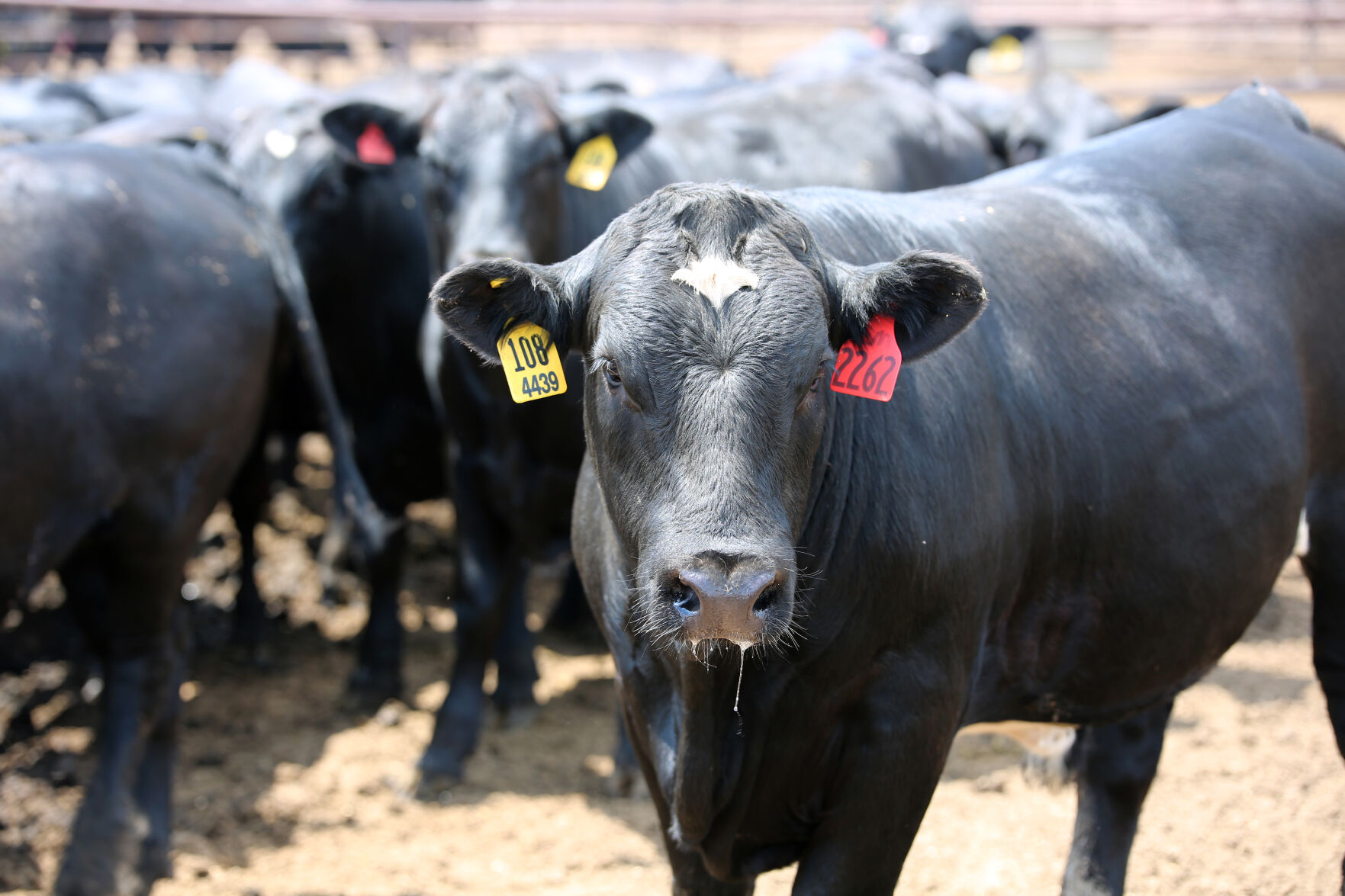Beef on dairy cross calves could be one more opportunity for cattle producers

Business trends in the beef industry and cattle cycle are impacting breeding choices in both the beef realm and dairy segment. Both sides could benefit from the diversification opportunities it provides. Add in consumer demands and trends and it’s an even trickier situation.
Nevil Speer, a beef industry consultant, recently discussed beef cross cattle trends during a webinar, Build a Better Beef Cross, sponsored by Diamond V. As the beef cycle transitions into the next step, he believes this segment could play an important role.
For beef cow slaughter rates in a normal year the make or break line is around 9.8%. Rates below the 9.8% are typically thought of as growing the cow herd. More than that, it’s liquidation.
“We culled 13% of the cows last year and you would have thought that would have been front-end loaded and it sure felt that way,” Speer said. “And that at some point, boy, we’ve kind of killed all the cows that we can, but they just kept coming.”
Speer said he believes the beef cross segment is going to make a significant difference in terms of how low the overall production will go.
And don’t forget about the role consumers play. They are the business, according to Speer.
Market segments are much more complex now than they ever have been, and consumers all buy beef because it tastes good. It’s in the meat case or restaurant because of that.
How does dairy fit in?
The dairy industry has changed dramatically, and it’s happening because the cows are ending up at larger dairies and Speer expects to see a very similar trend that matches what’s being seen in the upcoming ag census.
“Clearly, all of us who work in this business understand that dairies are getting bigger, and that’s the trend that just probably won’t stop and there’s a reason for that, right,” he said. “Generally, as you get into larger dairies and, ultimately, it’s a commodity business so economies of scale matter. And bigger dairies tend to do better right profitability wise.”
The larger dairies—those with 5,000-plus head—are more optimistic about 2023 than others.
“Maybe they’ve done a better job contracting or risk management or what have you, but they’re very optimistic that feed prices are going to go down,” he said. “But nevertheless, scale does matter here and we’ll continue to see that and that has an influence on the beef process side also.”
The point being is that it’s likely dairy cow numbers will likely stay pretty steady going forward.
Speer sees a lot of opportunity in the beef cross space, and although it’s not necessarily news everyone is trying to chase.
“The beauty of it is that there’s lots of volume here, right?” he said. “We have large producers and provide ready source of calves all throughout the year.”
Holsteins and Jersey cows have a propensity to marble and putting that with beef genetics can help meet that prime spread and gather a lot of value out of those beef cross animals because they tend to grade well, Speer said.
The last time the beef cycle was similar to 2023 was in 2014-15, and beef cross cattle didn’t really exist. Some producers were managing straight Holsteins and they were “really kind of an afterthought.”
“But now as we begin to get into beef cross animals, they’re going to be bigger and heavier, and they dress better,” Speer said.
Sign up for HPJ Insights
Our weekly newsletter delivers the latest news straight to your inbox including breaking news, our exclusive columns and much more.
This can help make the cycle even more protracted, less volatile and not as snappy, meaning there might be some loss of beef producers along the way, but this could be a very important contributor to the beef industry.
It’s not without its challenges though and it’s proving to be a long process.
“We need to build a very resilient calf and clearly liver and lung condemnations—that has some implications on the production side,” he said. “I would argue that if we’ve got calves with high levels of liver abscesses, they’re not being as efficient and as productive as they can be.”
This can be a challenge at the slaughter plant not only because of the loss of money because of the condemnations, but if there’s a lot of calves with them, the U.S. Department of Agriculture inspectors can force the chain speed to slow down.
“That’s the worst thing that can happen in a plant and that’s really one of the biggest costs that can occur in a plant, and they’re very cognizant of that,” Speer said.
Producers also have to be very mindful of animal health—all the way through bovine respiratory disease to other production lowering diseases.
“These beef crossing animals are going to become much more pertinent to the beef industry, and especially as you can create a very high level of consistent supply,” he said. “Animal welfare is going to be a big part of that.”
Speer said it’s an exciting time with the opportunities available in the beef cross space.
Ultimately beef producers have to be willing to change some things about what they do if they’re going to succeed.
“We remind ourselves, this is a consumer business. That’s what we’re doing. We’re creating food for people,” he said. “That’s a really high calling and it’s a wonderful thing to do. But over time, ultimately, we have to do it differently so we can do it better and with even more meaning.”
Kylene Scott can be reached at 620-227-1804 or [email protected].



